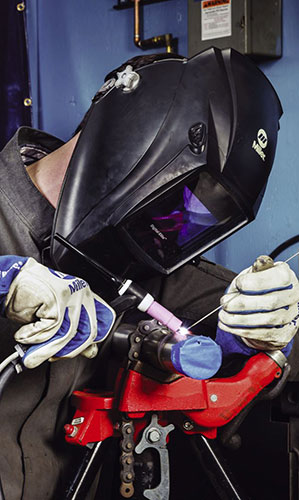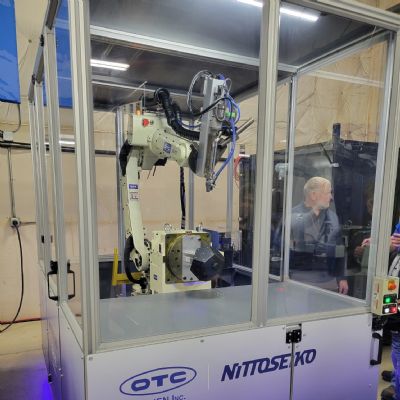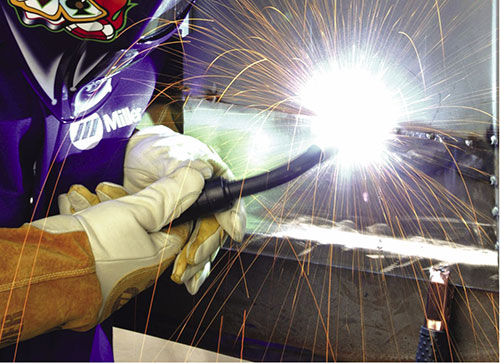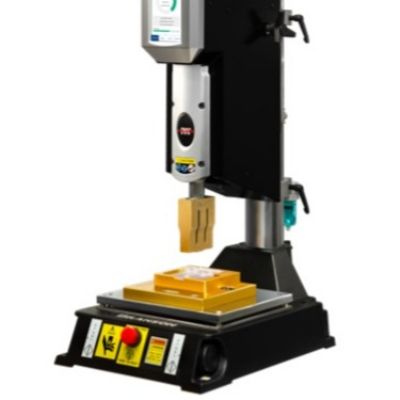 |
| There are five commonly used grades of stainless steel. Understanding the differences between them helps ensure use of the right one in a welding application. Across all five types, credit chromium and nickel as the material’s main alloys in varying degrees. |
Best Practices
In addition to proper filler-metal selection, successful stainless-steel welding requires following these best practices:
- Increase silicon levels to help with weld, pool flow and fluidity. The more sluggish weld pool of stainless steel in the filler metal, due to less fluid, can cause some issues, especially for welders not familiar with the material. If the less-fluid weld pool causes concern, choose a filler metal with more silicon in the classification, such as ER308LSi versus a standard ER308L filler metal. Increased silicon levels help with weld-pool flow and fluidity.
- Use faster travel speeds to help keep heat input low. Slow travel speed increases heat input, which can burn alloying elements out of the metal and impact weld properties including strength, ductility and corrosion resistance. While a travel speed of 3 to 8 in./min. is typical with other materials, welding stainless steel with flux-cored or metal-cored wires calls for travel speeds of 8 to 11 in./min. Consider, too, the final appearance of the weld. A weld bead using flux-cored or metal-cored wires will have a distinct gold color or rainbow sheen. Gas-tungsten-arc welds should not have this bead appearance.
- Avoid contamination of the weld using a dedicated stainless-steel brush to clean stainless welds. Using the same brush to clean stainless steel and mild steel can cause cross-contamination and result in rust. Similarly, don’t use a brush for stainless steel to clean aluminum, or vice versa.
- Use proper safety systems and protective gear. Some filler metals produce higher levels of weld fume than others, so it’s important to have proper ventilation or weld-fume-source capture in place when using them. In some applications, the welder may want to wear a helmet equipped with a respirator. MF
View Glossary of Metalforming Terms
See also: Hobart Brothers Co.
Technologies: Welding and Joining
Comments
Must be logged in to post a comment. Sign in or Create an Account
There are no comments posted.Enhanced Welding Helmet Features Digital Interface, Extended...
February 12, 2025
 Pressroom Automation
Pressroom AutomationAssembly Cell Combines Robot With Fastener and Feed Assembly
Tuesday, February 4, 2025








